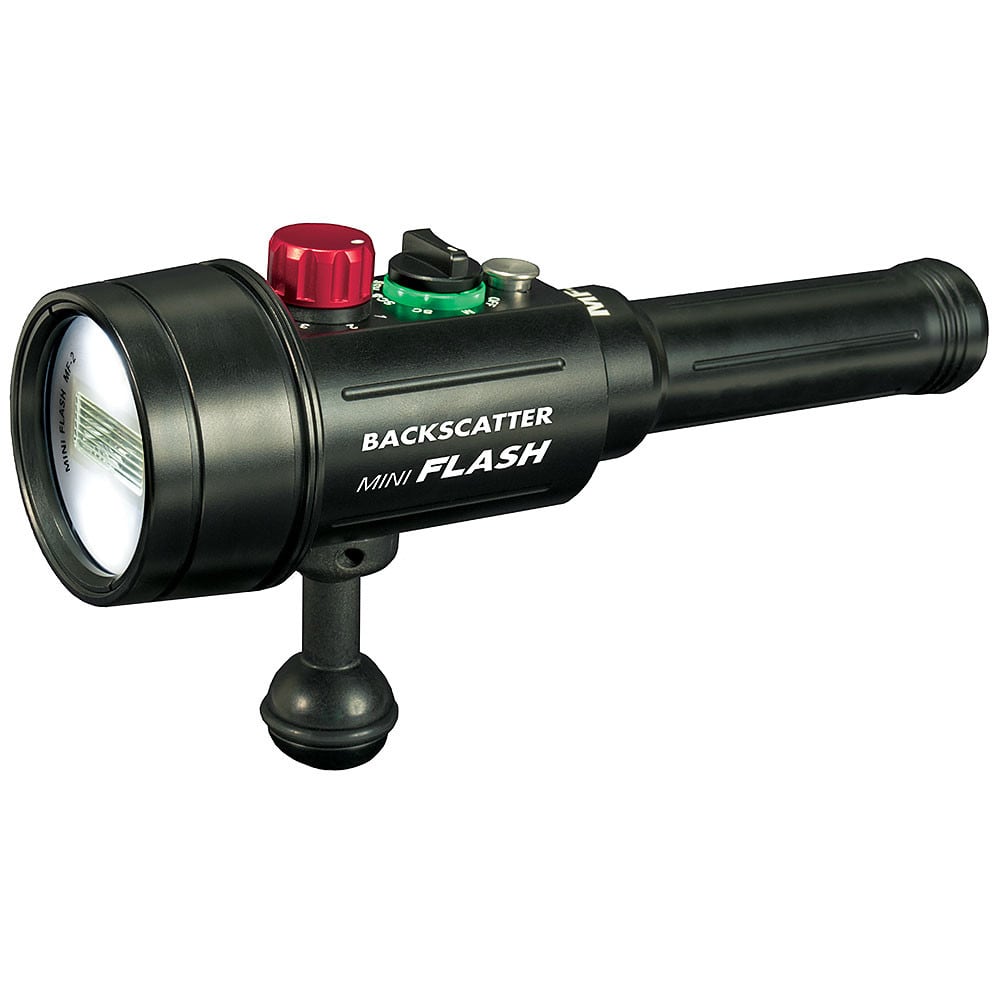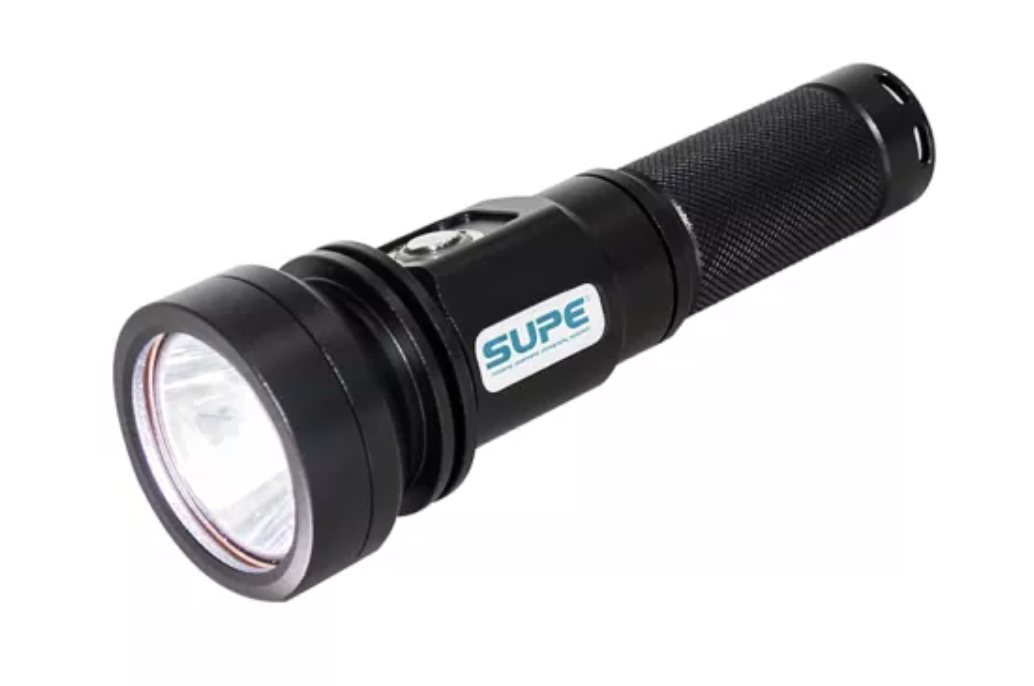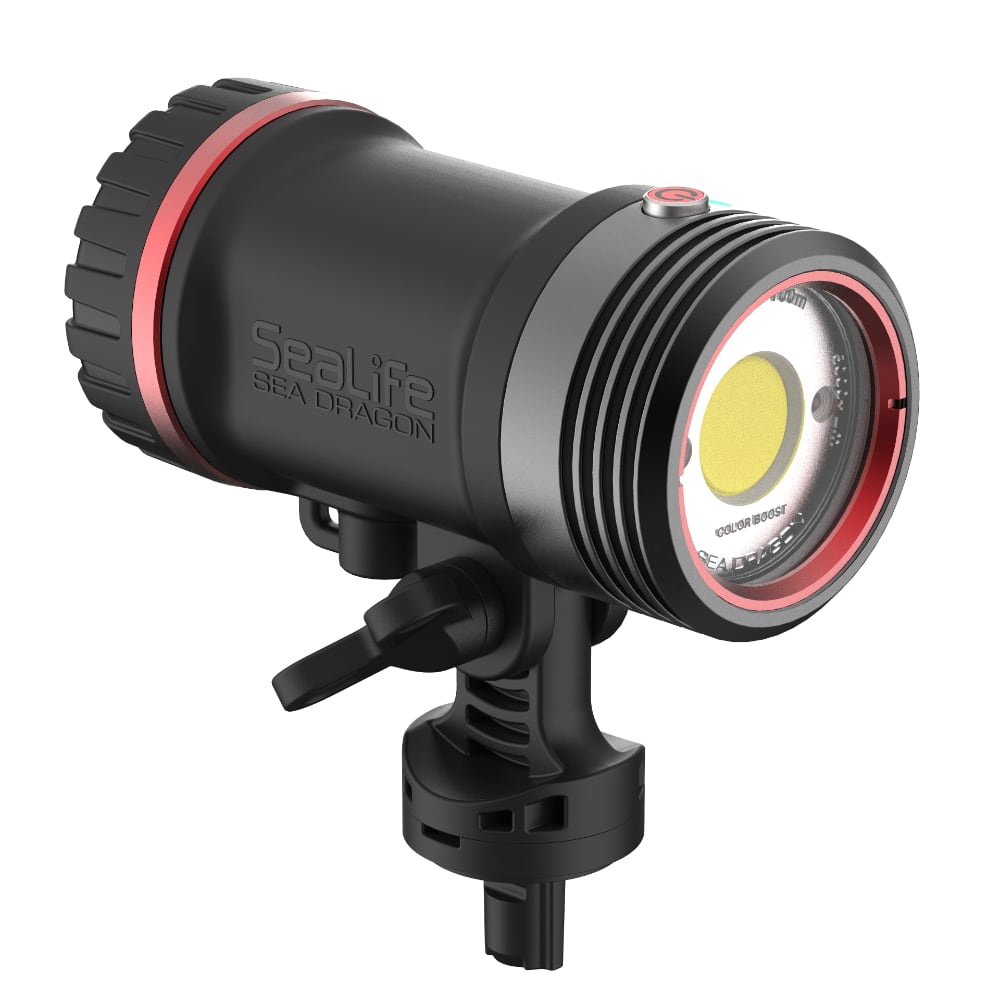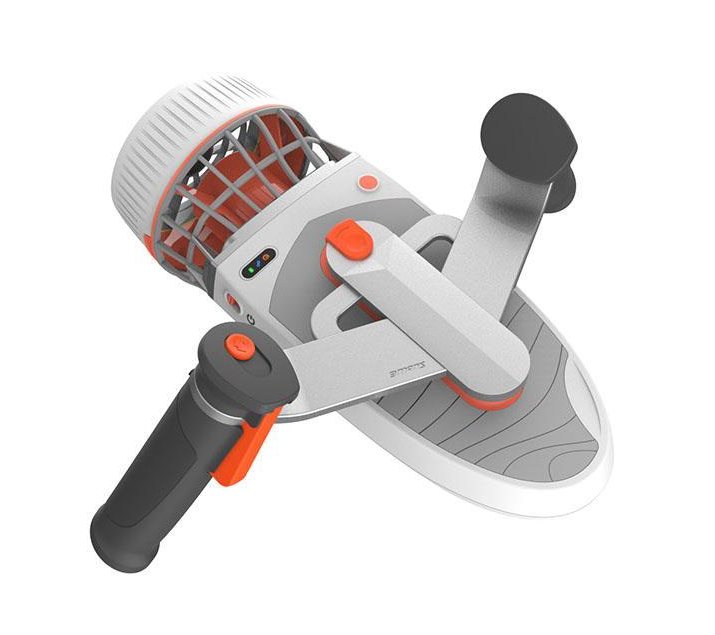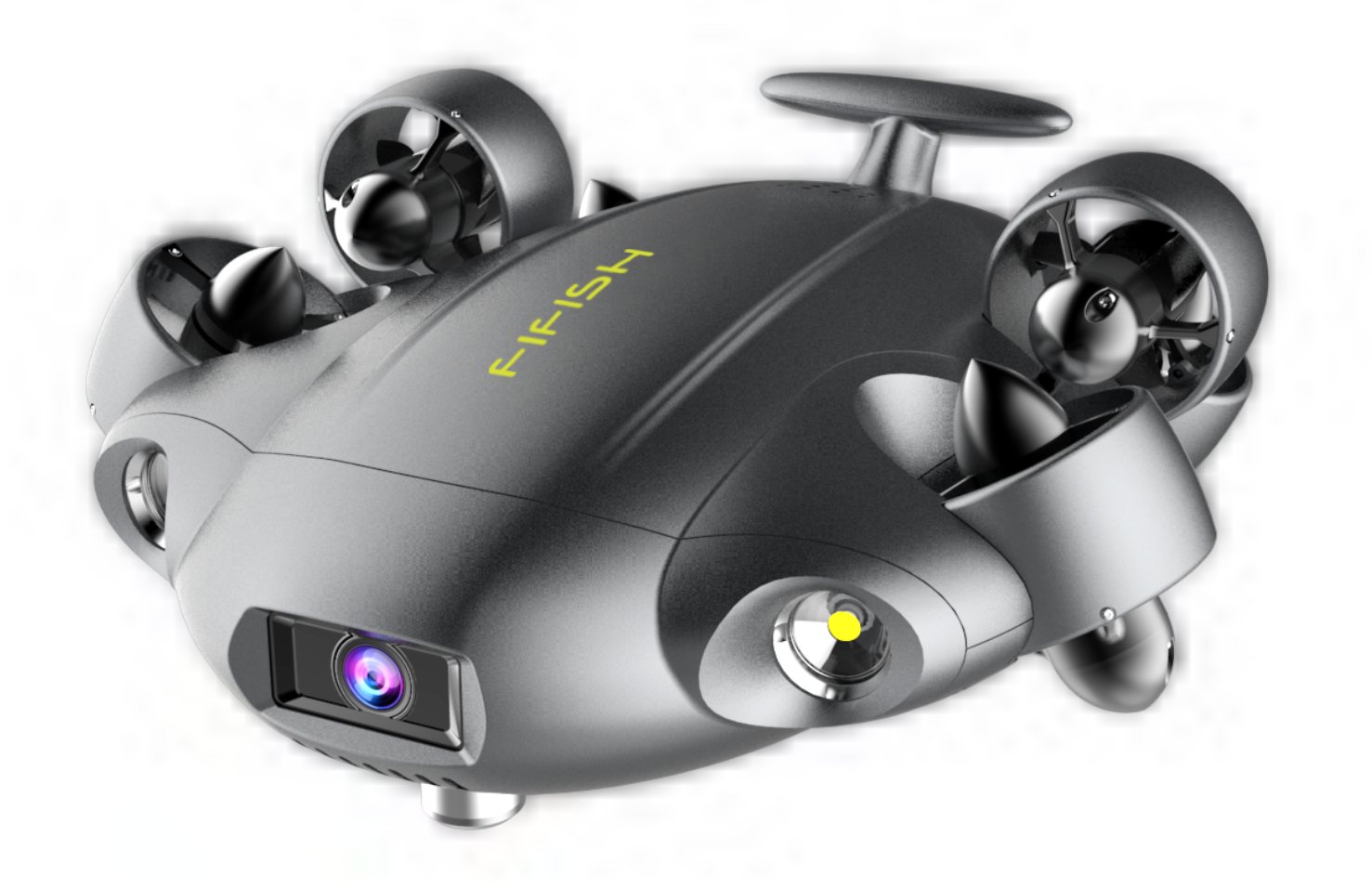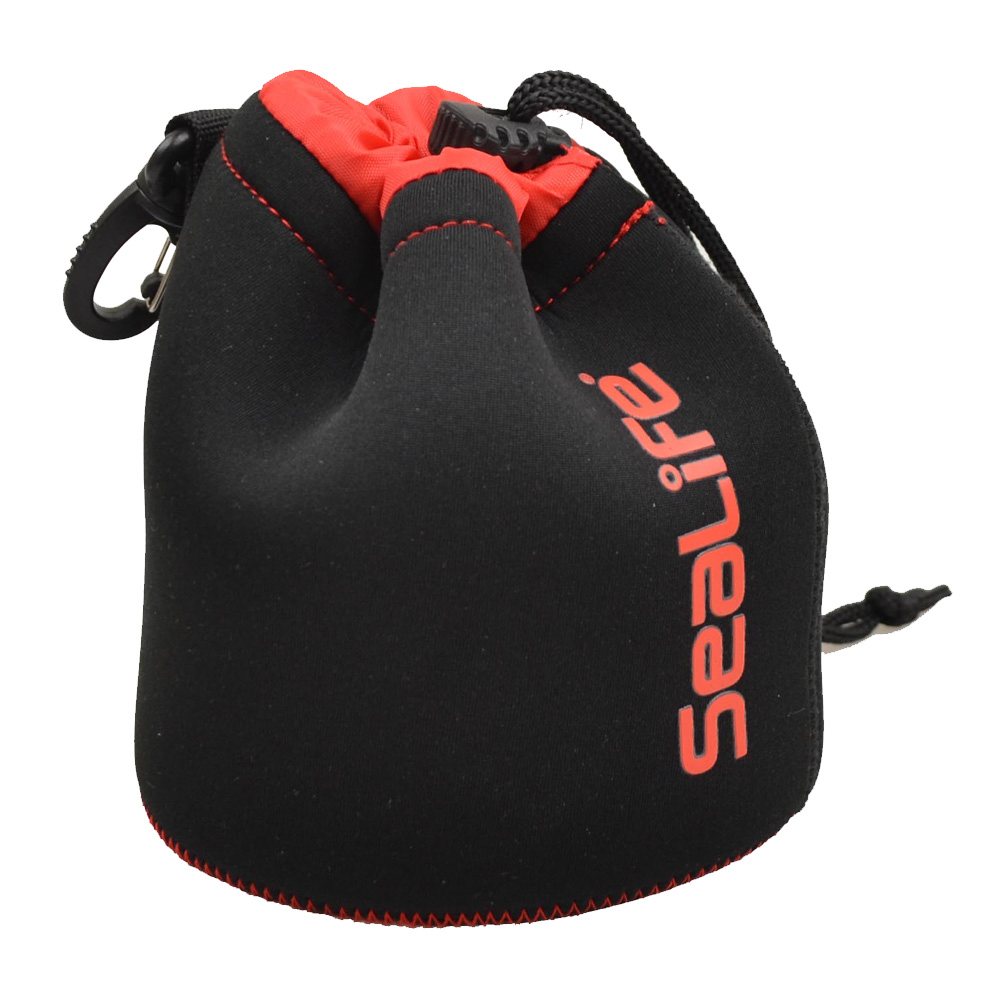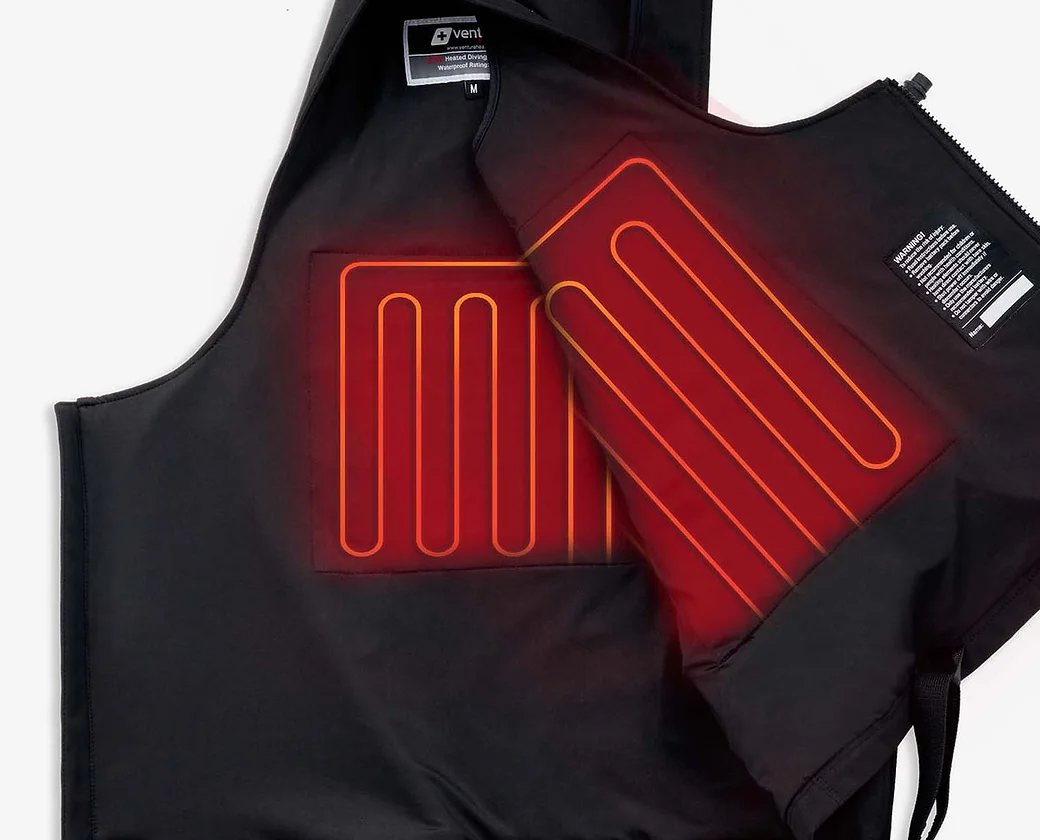- Home
- Directory
- Shop
- Underwater Cameras - Photographic Accessories
- Smartphone Housings
- Sea Scooters
- Hookah Dive Systems
- Underwater Metal Detectors
- Dive Gear
- Dive Accessories
- Diving DVD & Blu-Ray Discs
- Diving Books
- Underwater Drones
- Drones
- Subscriptions - Magazines
- Protective Cases
- Corrective Lenses
- Dive Wear
- Underwater Membership
- Assistive Technology - NDIS
- On Sale
- Underwater Gift Cards
- Underwater Art
- Power Stations
- Underwater Bargain Bin
- Brands
- 10bar
- AOI
- AquaTech
- AxisGo
- Backscatter Underwater Video and Photo
- BLU3
- Cayago
- Chasing
- Cinebags
- Digipower
- DJI
- Dyron
- Edge Smart Drive
- Eneloop
- Energizer
- Exotech Innovations
- Fantasea
- Fotocore
- Garmin
- Geneinno
- GoPro
- Hagul
- Hydro Sapiens
- Hydrotac
- Ikelite
- Indigo Industries
- Inon
- Insta360
- Intova
- Isotta Housings
- Jobe
- JOBY
- Kraken Sports
- LEFEET
- Mirage Dive
- Nautica Seascooters
- Nautilus Lifeline
- NautiSmart
- Nitecore
- Nokta Makro
- Oceanic
- Olympus
- OM System
- Orca Torch
- Paralenz
- PowerDive
- QYSEA
- Scubajet
- Scubalamp
- Sea & Sea
- SeaDoo Seascooter
- SeaLife
- Seavu
- Shark Shield
- Sherwood Scuba
- Spare Air
- StickTite
- Sublue
- Suunto
- SwellPro
- T-HOUSING
- Tusa
- U.N Photographics
- Venture Heat
- XTAR
- Yamaha Seascooter
- Youcan Robot
Rays, the Gristly ones
Contributed by Holly

Similarly to sharks, rays do not have a true bony skeleton like most fish but instead have a cartilaginous skeleton made of the same material as our nose and ears. Unlike sharks though rays are flattened and spend most of their time lying on the bottom or swimming close to it. They have gill slits and their mouth on the underside. Openings on their dorsal surface called spiracles allow them to respire when they are in this prone position. Manta rays (Manta birostris) are the largest of all the rays. In Ningaloo they have a wingspan of approximately 3 metres, the oceanic species reportedly get twice as big as this. Manta rays do not have a venomous spine like some other rays. They feed on planktonic organisms in the water the same as whalesharks. Their feeding behaviour involves them curling their cephalic lobes (which are the side tendrils on the anterior part of the body) and this funnels the water into their mouth. They make a swooping motion in the water called a barrel roll over and over again when straining the food from the water.
Rays vary in shapes and sizes. Eagle rays have a similar shape to the manta ray with a pronounced head but they have a venomous barb on their tail. Fiddler rays and shovelnose rays have retained a shark like shape by having a caudal tail fin longitudinally shaped body and upright dorsal fins and no tail barb. The stingrays and stingarees have a disc shaped body and long whip like tails with a barb. Most of these rays feed on crustaceans and molluscs in the sand and conveniently there mouth is located on the underside of the body. They also have horny plates in their mouth instead of true teeth and these crush their food up.
Some rays such as the bluespotted stingray which is found locally at Ningaloo reef have bright warning colours. Most rays rely on their flattened bodies and partially bury themselves in sand to hide and rest from predators. One particularly interesting behaviour that was recently discovered (by a postgraduate student from Simon Fraser University studying rays in Shark Bay, Western Australia) is that rays will rest in groups in shallow water with their heads facing each other and their tails and barbs pointing outwards to defend themselves from approaching predators.
Shopfront
-
 Kraken Sports KR-S80 Strobe
Kraken Sports KR-S80 Strobe
- Price A$ 889.00
-
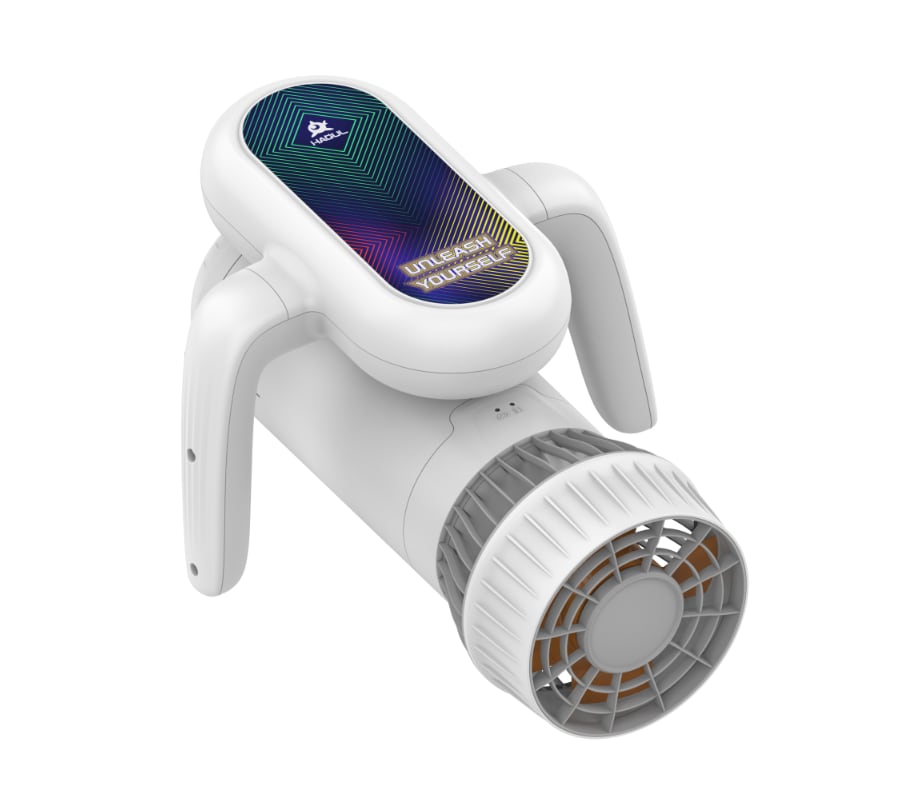 Hagul EZ Underwater Scooter - by Sublue
Hagul EZ Underwater Scooter - by Sublue
- Price A$ 599.00
-
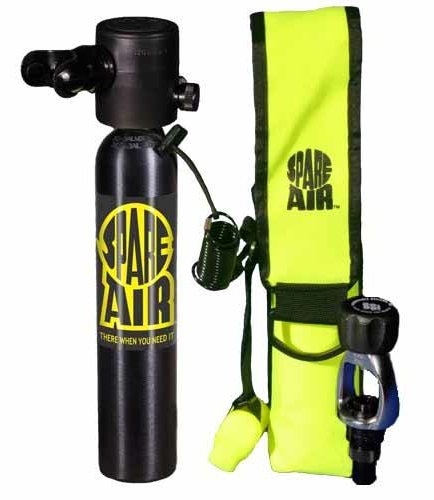 Submersible Systems Spare Air Pack - Model 300 - 3cuf
Submersible Systems Spare Air Pack - Model 300 - 3cuf
- Price A$ 549.00
-
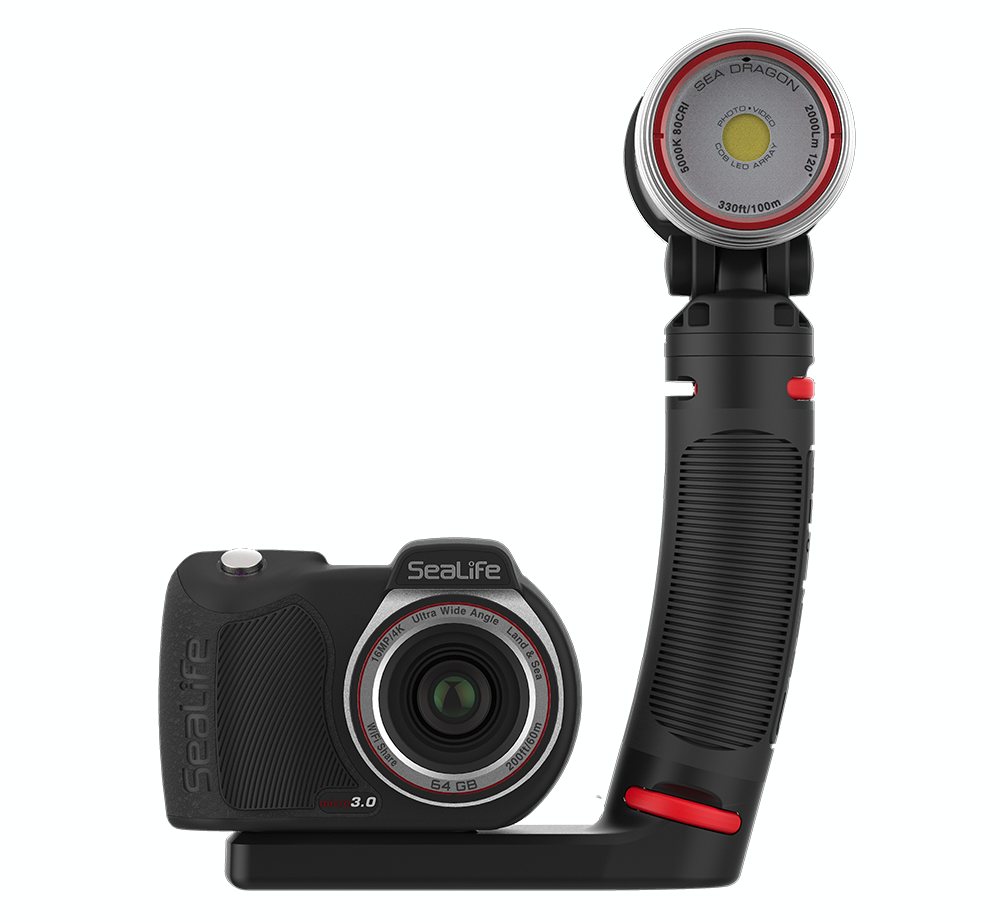 SeaLife Micro 3.0 Underwater Camera 64GB - Limited Edition Explorer Gift Set includes 2000F Sea Dragon light for FREE
SeaLife Micro 3.0 Underwater Camera 64GB - Limited Edition Explorer Gift Set includes 2000F Sea Dragon light for FREE
- Price A$ 949.00
-
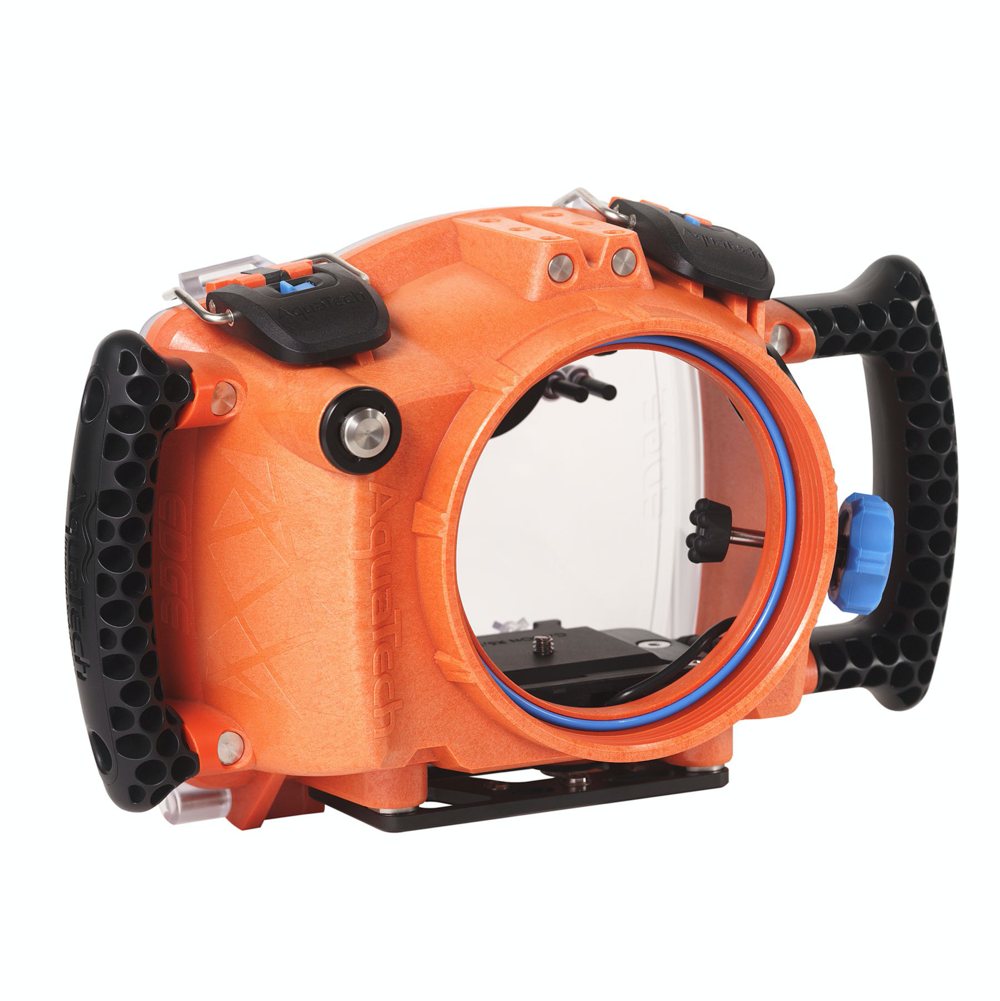 AquaTech EDGE Pro Camera Water Housings - Nikon mirrorless
AquaTech EDGE Pro Camera Water Housings - Nikon mirrorless
- Price A$ 2,149.00
-
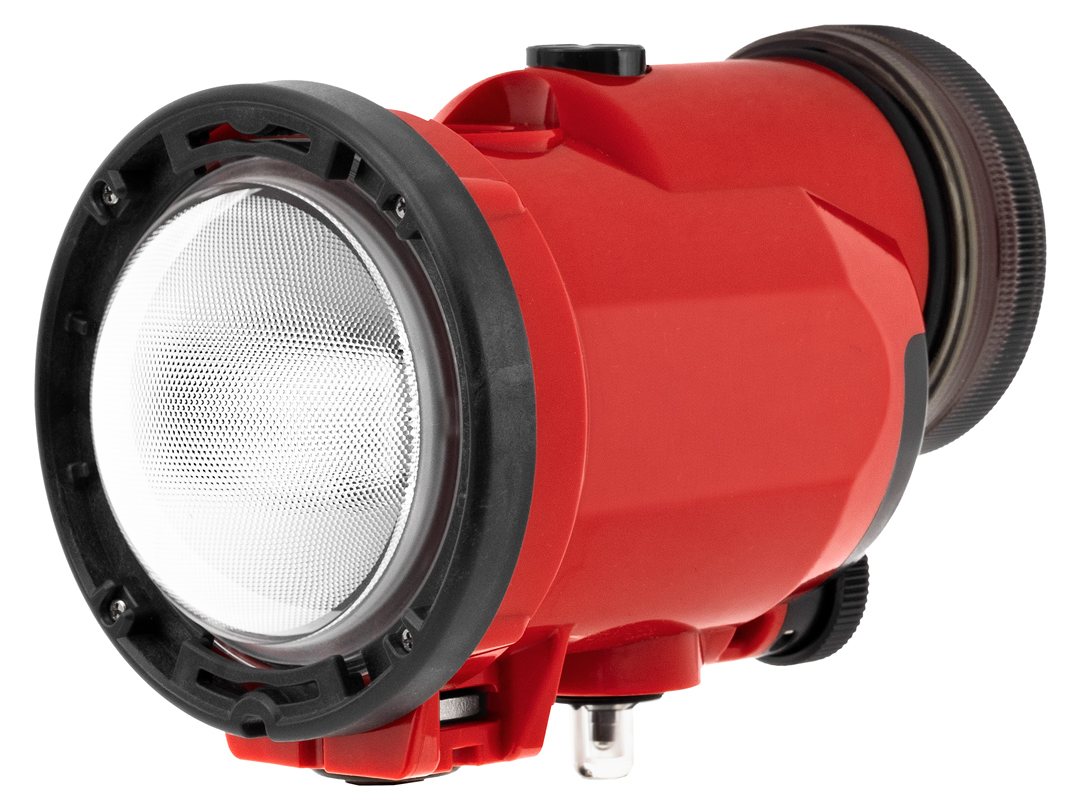 Inon S-220 Underwater Strobe
Inon S-220 Underwater Strobe
- Price A$ 749.00
-
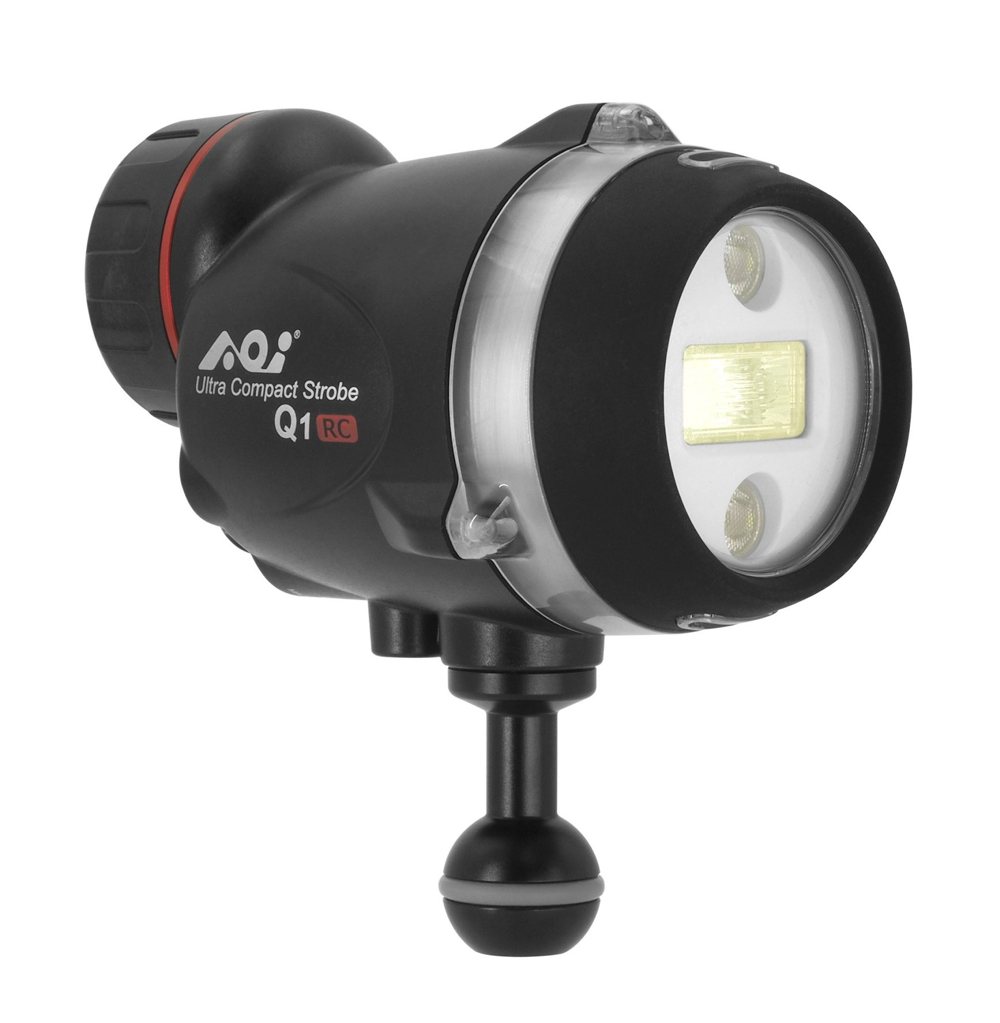 AOI UCS-Q1RC Ultra Compact Strobe Q1 with Olympus RC Mode
AOI UCS-Q1RC Ultra Compact Strobe Q1 with Olympus RC Mode
- Price A$ 649.00
-
 Sealife Sea Dragon Duo 10K+ Color Boost Set
Sealife Sea Dragon Duo 10K+ Color Boost Set
- Price A$ 2,395.00
In the Directory

 AquaTech Australia
AquaTech Australia
Since 1998 AquaTech has been at the forefront of the design and manufacture of professional photographic accessories.
 AOI Australia
AOI Australia
AOI underwater photographic products - a professional OEM/ODM underwater camera casings and underwater electronic products manufacturer. Great quality wet lenses for underwater photography.






